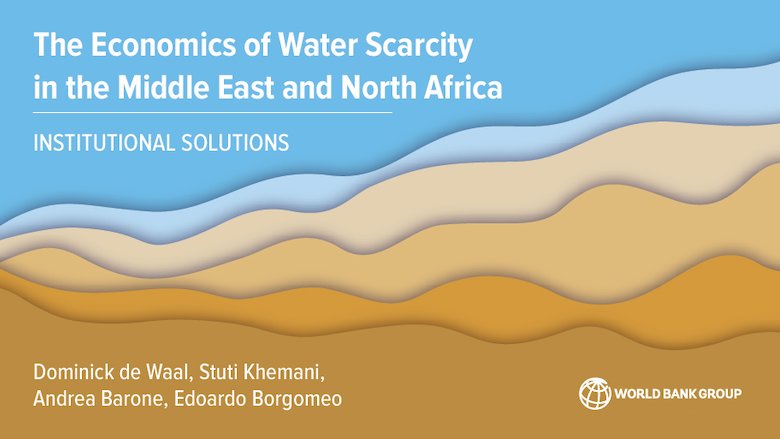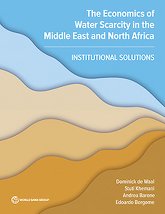The Middle East and North Africa (MENA) region faces unprecedented water scarcity, both for life and livelihoods. Thirsty farmers and cities are stretching water systems to the brink of collapse. By 2030 the amount of water available per capita in MENA will fall below the absolute water scarcity threshold of 500 cubic meters per person, per year and as the population grows, the problem will become even more acute.
Current strategies to address water scarcity, including massive investments in infrastructure and increasing desalination, are not fiscally nor environmentally sustainable. That’s why reforms are needed to existing institutions to better manage the allocation of water across competing needs.
This new report, The Economics of Water Scarcity in the Middle East and North Africa: Institutional Solutions, examines the severity of MENA’s water crisis and offers suggestions on how countries can better allocate and manage water. Solutions include devolving greater power to local authorities which could lend legitimacy to difficult trade-offs in the use of water compared to top-down directives. Moreover, giving greater autonomy to utilities to reach out to customers regarding tariff changes could also win greater compliance with tariff structures and lower the risk of protests and public unrest.
The report argues that institutional reforms could help governments to renegotiate the social contract with the people of MENA and build legitimacy of and trust in the state to better manage water scarcity.



